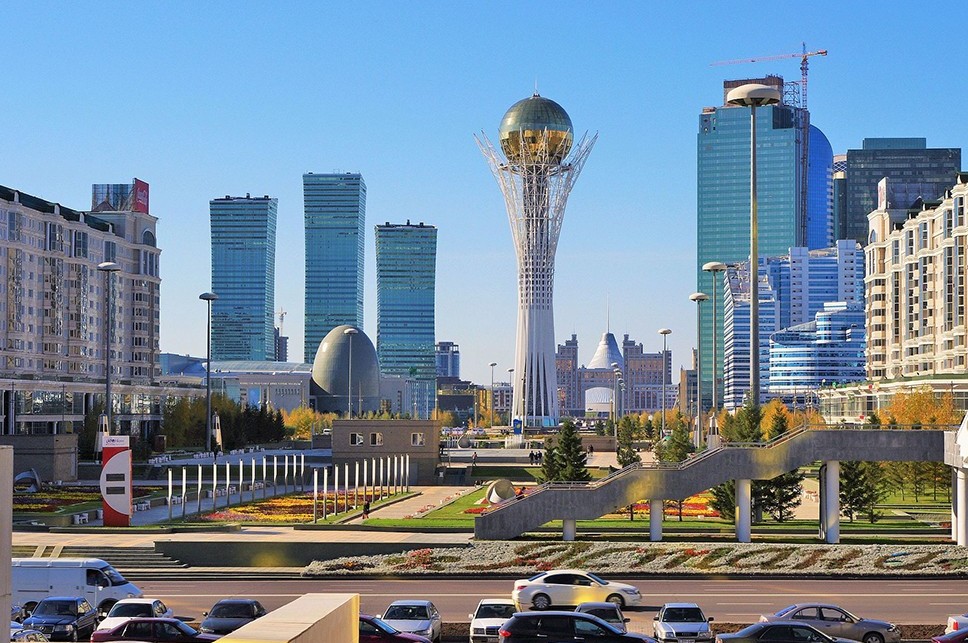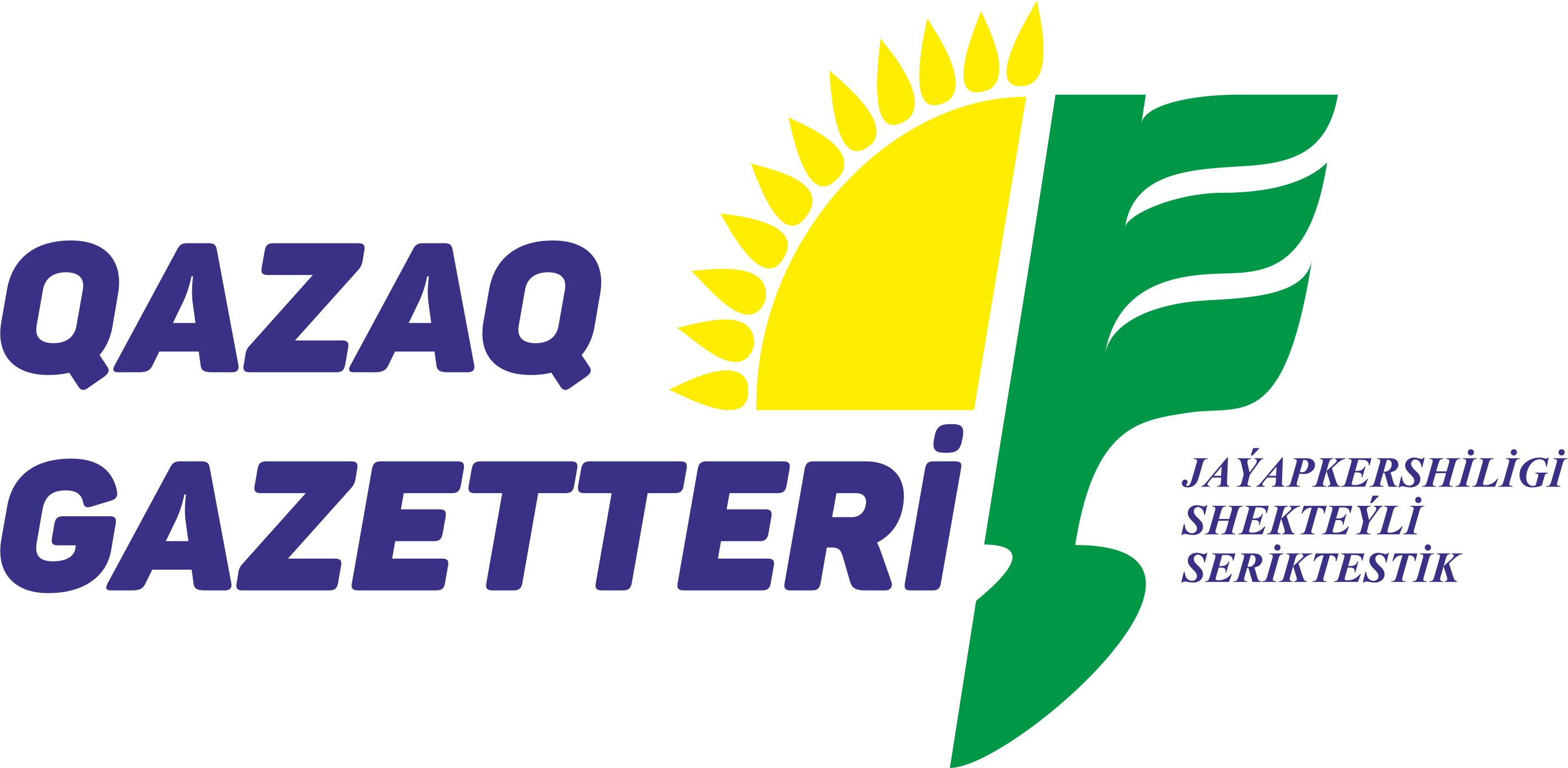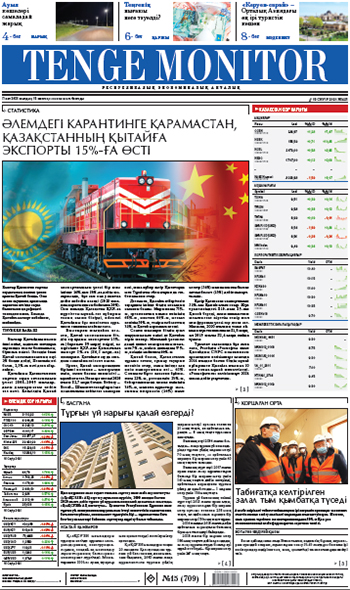- Саясат
- 27 Тамыз, 2020
The Republic of Kazakhstan: A Central Asian Giant

A huge country the size of Western Europe, Kazakhstan is the world’s 9th largest State that stretches from the Caspian Sea and Volga plains in the west to the mountainous Altai in the east, and from the foothills of Tien Shan in the south and south-east to the West-Siberian lowland in the north.
IS IT A PART OF EUROPE OR ASIA?
The extent of its territory from east to west is more than 3,000 kilometers, and from north to south 1,700 kilometers. Right there is reason enough to consider it as an area for creating new ways of cooperation between East and West, South and North that is meant to be profitable for all parties. Yet the country’s importance for the coastal States of Eurasia is not limited with these factors. Because Kazakhstan has been and remains a potentially rich country, and today it is closer to the main international markets, countries of South-East Asia and Western Europe, – and vice versa – than at any time in the post-Soviet period.
Kazakhstan’s physical, cultural, and geographic characteristics are considered to be the mix of Inner Asian and Central Asian ones, yet its West Kazakhstan and Atyrau regions extend on either side of the Zhaiyk (Ural) River, placing a population of less than one million (out of 18 million) geographically in Europe. And yet our republic has never been viewed as a part of the European family of nations. For the Westerners, in fact, it remains one the Central Asian ‘stans’ - an exotic country situated in the heart of the Eurasian continent, in an area far from the ocean’s moderating and equalizing effects. There is an explanation for it.
Five centuries ago, Central Asia had lost momentum and been quickly pushed to the edges of the world scene. But subsequently history has given it a second chance based on abundant natural resources, which became really and in large volumes needed only in the twentieth century. Time moves on. The world over the last two decades has witnessed a drastic and unprecedentedly fast-paced transformation that is now giving rise to new trade opportunities for land-locked countries of Central Asia including Kazakhstan. If we let them pass us by, meekly consenting to what is expected from us, rather than what is essential for our survival, we are likely to succumb to the tyranny of the market and deal with the risk of sliding into deeper poverty and degradation. But, as we have already said, things with regard to situation of Central Asia as a whole, and Kazakhstan in particular, are beginning to change. Those new opportunities are being supported by available natural resources.
Insidermonkey.com, in an article by Aleksandar Jevtic entitled ‘15 Richest Countries in the World by Natural Resources’, put Kazakhstan in eleventh position among top resource-rich countries in its related report. The author has written the following on this subject: ‘Metal & ore reserves: $292 billion; Oil reserves: $2.275 trillion; Natural gas reserves: $170 billion; Coal reserves: 1.1 trillion; Total worth of natural resources: $3.837 trillion. The former Soviet republic seems to have it all, oil, natural gas, coal, iron, copper, zinc, and bauxite. The country which ranks 11th on our list of richest countries in the world by natural resources, also serves as a major natural gas hub for pipelines connecting Russia and China. But despite all that wealth, their citizens are yet to feel the benefits. It would seem that resources course isn’t limited to Africa only’.
By the way, there is no African country in that list of richest countries in the world by natural resources. Of 15 of them, only two are from among the newly independent states – Kazakhstan (11th) and Ukraine (13th). Any newly independent economy that relies on natural resources will be facing immense and daunting challenges. This is a pretty common situation. Many countries in Africa got through this. None of them has coped creditably with these challenges. Africa’s potential for sustained economic growth is as yet unrealized. Both post-Soviet and newly independent resource-rich countries, and especially Ukraine, are now facing similar challenges. The two countries try to overcome these difficulties, hoping for a better future. Kazakhstan apparently does it better. It is the largest economy in Central Asia. The country possesses enormous oil reserves as well as minerals and metals. So it is no surprise that Kazakhstan is the largest, richest and most economically advanced country in the region.
Kazakhstan, in the long form of the Republic of Kazakhstan, is a country located mainly in north of Central Asia and partly in Eastern Europe. This area of Eurasia is a region that is almost furthest away from the world’s oceans and seas. As long as international trade is based essentially on ocean freight, Central Asia will remain on the periphery of the international economic system. Yet that may change owing to the BRI or the Belt and Road Initiative. In fact, changes are already taking place.
Kazakhstan is now in transition from being a remote, hinterland country beyond the reach of many nations from different parts of the world towards being a state playing a major role in oil transit between Russia and China through Atasu – Alashankou pipeline and in transit trade between Europe and Asia through the Eurasian railroad network.
Yet today Kazakhstan stands at the beginning of the road to transformational changes. It is difficult to say how far these new developments would spread. We have been witnessing a time when profound changes are sweeping across the globe. Our region, Central Asia, is no exception in that regard. The Trans-Eurasian land routes connecting Europe and Asia are once again becoming more and more competitive vis-à-vis the sea routes via the Suez Canal accounting roughly for two thirds of the world trade. This in turn leads to gradually re-establishing Central Asia’s role as a major transit hub of the global network of commercial exchanges. It is China – the second largest economy which is increasingly playing an important and influential role in development and in the global economy – that primarily drives the change process. Our country has been contributing within its capability to it.
The importance of strengthening the national currency could not be overemphasized. In 2015, Kazakhstan’s National Bank and Government adopted an action plan aimed at reducing the level of dollarization of the Kazakh economy. It was supposed to ensure macroeconomic stability, develop cashless payments, thus reducing the shadow economy, and prioritize the national currency over foreign currencies. What results have been achieved in practice?
DE-DOLLARIZATION IS NOT AN EASY TASK
Central Asia Monitor, in an article by Assel Omirbek entitled ‘Дедолларизация по-казахски: мы верим в тенге, но держим заначку в долларах’ – ‘De-dollarization in a Kazakh way: we believe in tenge, but keep our savings in dollars?’, quoted Daniyar Jumekenov, an analyst at Wall Street Invest Partners, as saying, while answering the question, ‘Has de-dollarization become a reality? How far are the government’s measures appropriate to the task of reducing the role of the US dollar in our national economy, or was this idea, given the existing dependence on imports, from the beginning a utopian vision?’, the following: ‘It should be understood that the phenomenon of dollarization is found in one form or another in any country, but that trend is particularly evident in those States whose national currencies are the most susceptible to volatility. Over the past 15 years, the tenge has weakened by more than 300 per cent against the United States dollar, sharp jumps in the exchange rate have occurred every five years. An exchange rate pegged to the extremely volatile oil market is being felt.
As to concrete results, we so far see no preconditions for changing the situation. About half of Kazakhstan’s total GDP is accounted for by exports and their infrastructure – the country produces what it does not consume, while a weak exchange rate allows domestic companies to compete more effectively in international markets. On the other hand, imports account for around a third of GDP, which means that Kazakhstanis consume mainly foreign goods and products. This situation contributes not only to the import of inflation from abroad, but also to the foreign currencies’ taking out of Kazakhstan on an active basis - not only by foreign companies, but also by Kazakhstani export-related companies. The result is rather high inflation, which motivates the population to seek salvation in dollars”.

KAZAKHSTAN’S POWER WILL GROW WITH THE CASPIAN SEA REGION
The country relies on natural resources. Total proven oil reserves of the Caspian Sea stand between 203 billion and 235 billion barrels of which 132 billion barrels belongs to the Republic of Kazakhstan, which accounts for the highest amount of oil reserves. Kazakhstan is followed by Turkmenistan, Azerbaijan, Iran, Russia and Uzbekistan, which respectively account for 7.39 billion, 39 billion, 15 billion, 3.7 billion, and 59.2 billion barrels of the Caspian oil reserves. Total proven gas reserves of the sea have been estimated at about 6.562 trillion cubic meters, while probable gas reserves have been estimated at 9.278 trillion cubic meters, which would amount to roughly 10 percent of total world gas reserves. Kazakhstan accounts for 29 per cent (2340 km out of about 7000km) of the Caspian shore line. Much attention is given to the sustainable development of this region in the Republic of Kazakhstan.
Danish AZIM

780 рет
көрсетілді101
пікір

